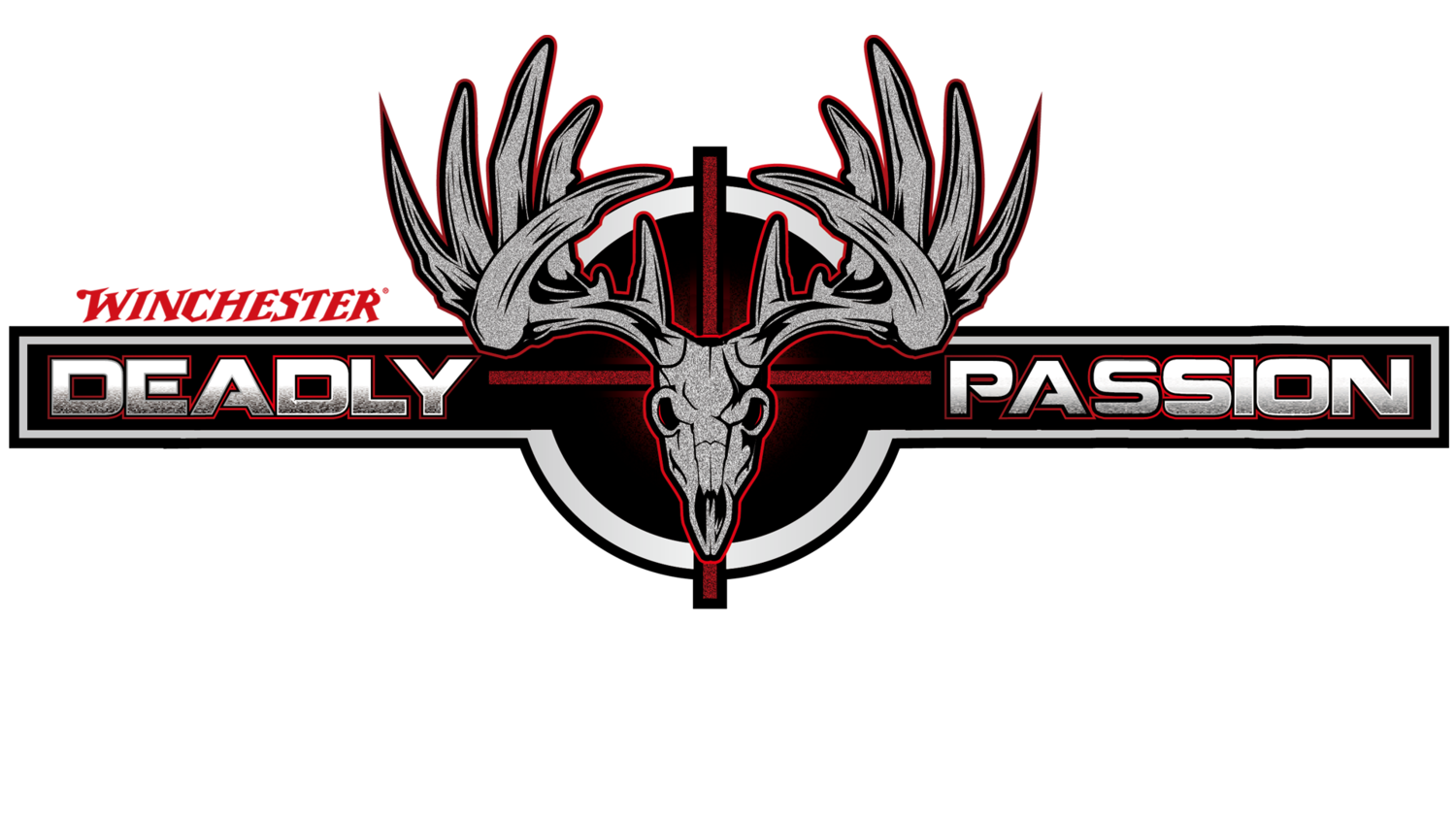Tips to Finding More Sheds This Spring
After a long, cold Minnesota winter the thought of all the snow melting and getting outside to look for sheds always gets me excited for spring!
I would love to tell you that this year will be amazing as little Miss Pork Chop and I are teaming up to look for sheds, but her flat nose doesn’t exactly lend itself to that of an amazing sniffer. With that being said, there are a lot of people who are now training dogs to find sheds and the results can be incredible.
It’s a game of hide and seek for them, start them off as a puppy and reward them heavily for finding the shed and you’ve got a great start. There are many trainers who are also offering training to create excellent shed dogs. If you think about it, dogs can cover a lot of terrain. If they’re using their nose to find sheds rather than just their eyes like us, they will surely find many more that we may have missed.
If you’ll be heading out this spring like me, without the support of a well-trained shed dog, there are still steps you can do to improve your chances. First, grab a pair of binos and take them with you. There have been numerous times when walking ridges that I see something that could be a shed, and by having a set of binos I can check it out immediately. I either move on or go get it. Sure it doesn’t seem like a big time saver at first, but it adds up after a while. This also ensures you don’t miss anything. If you see something that catches your eye quickly look in the binos and make a decision on what it is.
When shed hunting, if you happen upon a nice shed continue looking hard for the match set. This is especially true for big bucks because they usually drop the other side within a 100-yards of the first shed. It seems as if the buck feels lop sided with one side off so usually they knock the other side off very quickly and its yours to find if you look hard enough.
Many times people will ask when is the right time to start looking for sheds. This really depends on the year, the level of stress the deer have, and other factors. However, I recommend using your Cuddeback scouting cameras to watch when bucks first start to shed. This is a great way to visually see when deer start dropping. So, if you’re in an area without snow you can start looking immediately. This will help with finding sheds before the squirrels and rodents get to them.
As far as where to look for sheds when you’re out there, the key is to hunt smart. Bedding areas are a great location to find sheds. I also like to check out fence crossings where deer may jump, walk trails going from their bedding area to the food source and walk all over food plots. Late season many of the deer congregate in food areas and therefore, you will usually find sheds there. If you have a lot of ground to cover use an ATV around food plots to cover ground, and it will also give you a little bit of a vantage point to look in the food source. If you’re shed hunting in open country get up on a hill and glass bedding areas. Ultimately shed hunting is a blast and a great way to get the entire family involved. Hit the high points first, and remember to bring some flagging tape in case you see a great stand location for the future!






